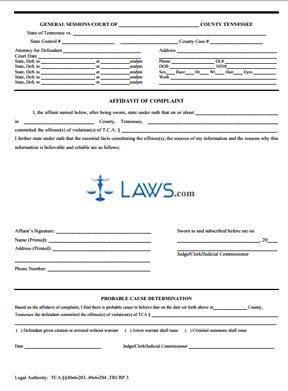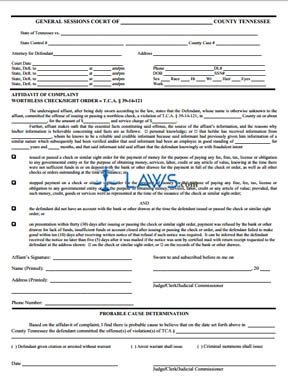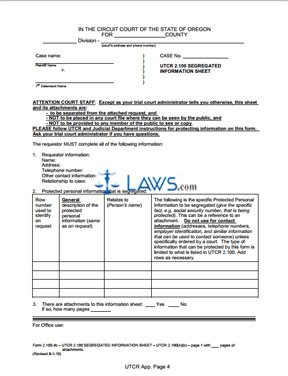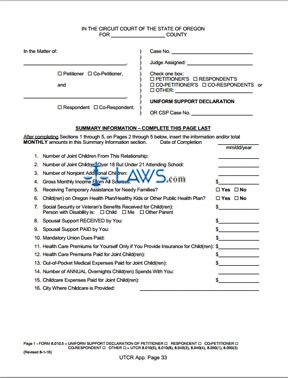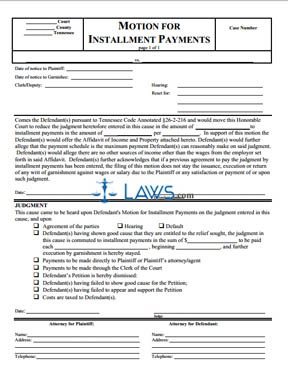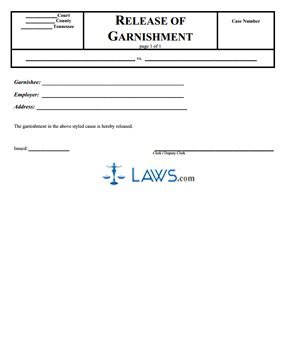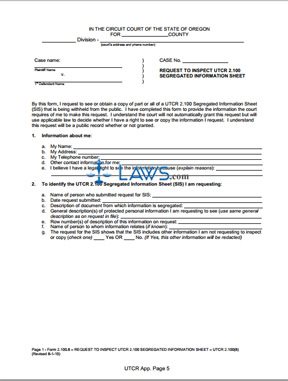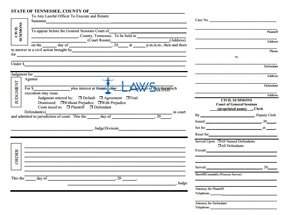Form Counterclaim
INSTRUCTIONS : COUNTERCLAIM
A counterclaim is a legal pleading in which a defending party files a legal claim against the party is has filed the original claim. A counterclaim is a valid response to a complaint and is used for a variety of civil law claims.
In this case, we are using the counterclaim example used in the state of Vermont for a lawsuit filed by a landlord against tenants. Examples of counterclaims can also be found online or through legal help services.
The first step for filling out your counterclaim is to provide the case caption information at the start of the document.
1. You must provide the court name and division for which you are filing the counterclaim, along with any docket information you have received from the initial complaint against you.
2. Next you must provide your name, as the defendant and the names of any other individuals you may be representing as co-defendants.
3. You must next provide the name of the plaintiff party. For this example, the landlord is the plaintiff if he or she has filed an original complaint against you, as a tenant.
For our counterclaim against a landlord, we must first indicate whether the defendants are claiming the landlord evicted them as a retaliatory act and check the corresponding box for why the landlord may have acted in such a way.
4. If your counterclaim is against the landlord due to discrimination, you must indicate so on your counterclaim form.
5. Indicate what form of discrimination your landlord has committed against the tenants by checking the corresponding box.
If you believe you have a counterclaim against your landlord for health and safety violations of the rented location, indicate so and list the ways in which your rental unit was unsafe or dangerous.
6. If your counterclaim is due to an illegal eviction, select the illegal eviction type that best suits your situation and write a brief explanation of the events that caused such an illegal eviction.
You may also counterclaim against your landlord for the destruction or taking of your property.
7. Write a brief explanation if this happened to you.
Once you have completed the counterclaim form, you must select the type of relief in which you are seeking. Sign, date, and provide your address, so that your counterclaim is ready to be submitted for the court.
Form Motion
INSTRUCTIONS : MOTION
(USE PAGES 1 and 2 ONLY)
A motion is a legal pleading filed in a court case that makes a request of the court for any number of reasons. Motion practice is used in both civil cases and criminal cases, but the types of motions use are very different depending on the type of case and the stage of litigation.
In this case, we are using the motion example used in the state of Massachusetts for a family or probate case. Examples of motions can also be found online or through legal help services.
The first step for filling out your motion is to determine what type of motion you need to file.
1. You must include the case caption information on the top of the motion, indicating the court and docket number for the case.
2. Next, you must fill in the case name, putting the plaintiff’s name first and then the defendant name or names in the box under the “V.”.
3. In the lines to the right of the case name, you must identify the type of motion that you are filing. In this case, we could file any number of family law motions depending on the type of case and the stage of litigation it is in.
4. Next, you will identify whether you are the plaintiff, defendant, petitioner, or respondent in the matter, and check the corresponding box with your name.
5. In the next lines, you are to write the reasons for your motion and support why you believe you are entitled to approval of the motion. You may need to add additional information, which you can attach in supplemental pages.
6. You must sign your name with your contact information at the end of the motion. If you are a lawyer, you will put your lawyer identification number in the B.B.O # line.
7. On page 2, you must fill in all of the same case caption information as the first sheet.
8. You will then need to supply the names and addresses of all defendants involved in the case.
9. You must then certify that the motion has been delivered to each defendant and indicate the method of notice that you provided.
Once completed, you must file a copy with the court. An approval or denial will be sent back to you in the next court cycle.

